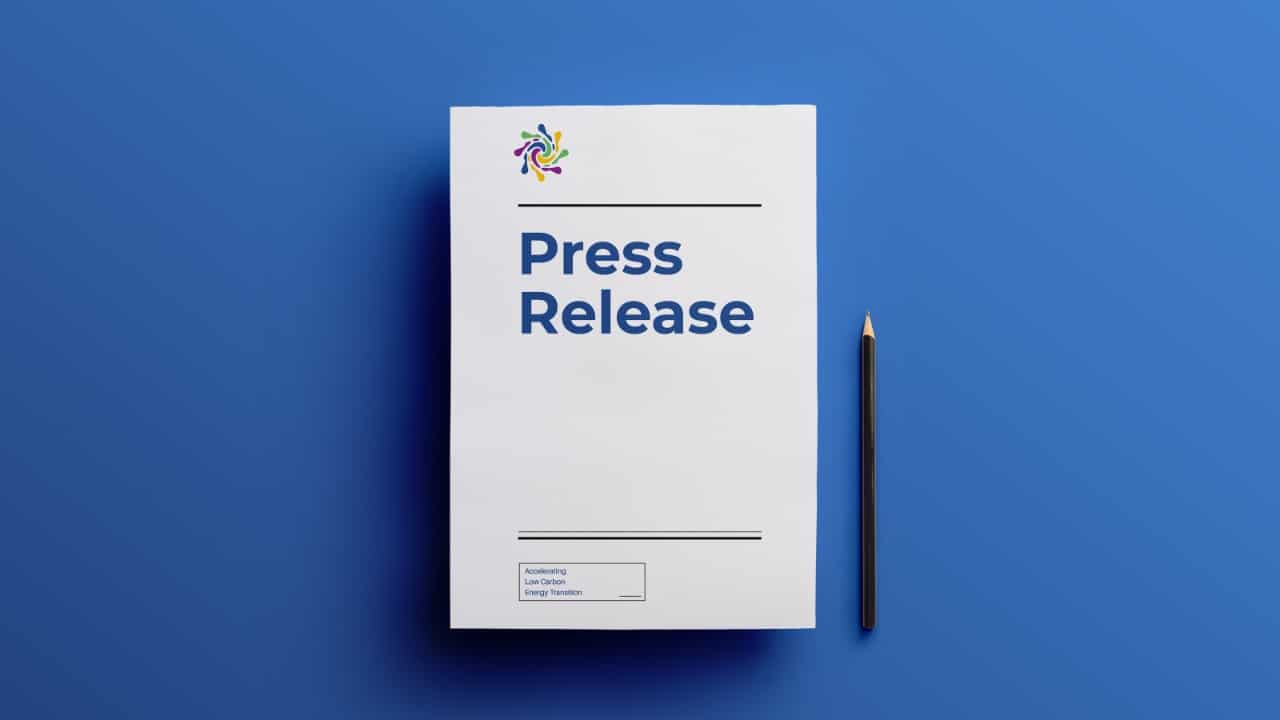Jakarta, 03 November – President Joko Widodo at the 26th World Leaders Summit on Climate Change or COP-26 did not announce a firm statement about increasing Indonesia’s climate ambitions. The Institute for Essential Services Reform (IESR) views that the Indonesian government should be using this moment to lead and encourage the G20 countries to set compatible climate action with the Paris Agreement. However, in his speech at COP 26, President Jokowi seemed to hand over the responsibility to developed countries to determine the achievement of carbon neutral conditions in Indonesia. It showed the less ambitious state of the Indonesian government in dealing with the climate crisis.
“Indonesia should clearly state its climate ambitions, increase its Nationally Determined Contribution (NDC) targets and convey the funding needs from developed countries to achieve peak emissions by 2030 and decarbonization by 2060 or earlier. Unfortunately, the President did not state targets and plans for more ambitious mitigation actions in his speech,” said Fabby Tumiwa, Executive Director of IESR. He is also currently in Glasgow attending the COP 26 event.
The Climate Transparency Report, Country Profile of Indonesia 2021 finds that staying in the current NDC unconditional reduction target of 29% will contribute to increased emissions (excluding the emissions from land use) to 535% above 1990 levels, or around 1,817 MtCO2e in 2030. Meanwhile, to stay below the 1.5˚C temperature limit, Indonesia’s 2030 emissions should be around 461 MtCO2e (or 61% above 1990 levels). This indicates an ambition gap of 1,168 MtCO2e.
“As a country that has quite large natural and mineral resources, such as nickel, Indonesia can raise its climate ambitions beyond the target of 29% by 2030. Moreover, if Indonesia with a large population has implemented energy conservation and efficiency since earlier, without the funds from a developed country, Indonesia can reduce carbon greater than the target in the NDC,” explained Lisa Wijayani, Manager of the Green Economy Program, IESR.
Furthermore, IESR observes that Indonesia’s plan, which was stated by Jokowi on the same occasion, to transition to clean energy is still constrained by regulations that have not yet been issued. Jokowi proposed to build the largest solar PV in Southeast Asia, but until today the Regulation of Minister of Energy and Mineral Resources No. 26/2021 Regarding Rooftop Solar Power Plants is still waiting for approval at the Ministry of Finance. Besides, the Presidential Regulation regarding new and renewable energy, which has been awaited since early 2021, has not yet been released.
“The Indonesian government should simultaneously issue appropriate regulations to create a more massive renewable energy ecosystem for development, as well as encourage investment from developed countries. Clear regulations and targets can open up greater opportunities for investors to invest in renewable energy,” added Lisa.
Not only that, but in his attention, Jokowi also plays an important role in carbon markets and prices in solving climate problems. This October, the government has issued the Law on Harmonization of Tax Regulations. A carbon tax of IDR 30 per kilogram of carbon dioxide equivalent will be applied to the number of emissions that exceed the stipulated emission limits (cap and tax).
“The determination of the carbon tax price at IDR 30 per kg (USD 2 per ton) is still very far from the recommendations of the World Bank and IMF which set the carbon tax price for developing countries to be in the range of USD 35-100t/CO2e. Even the IPCC report explains that the carbon tax rate in 2020 is in the range of US$ 40-80/tCO2. With a small carbon tax rate, the government’s goal to reduce carbon emissions significantly through this carbon tax will not be achieved,” said Lisa.

